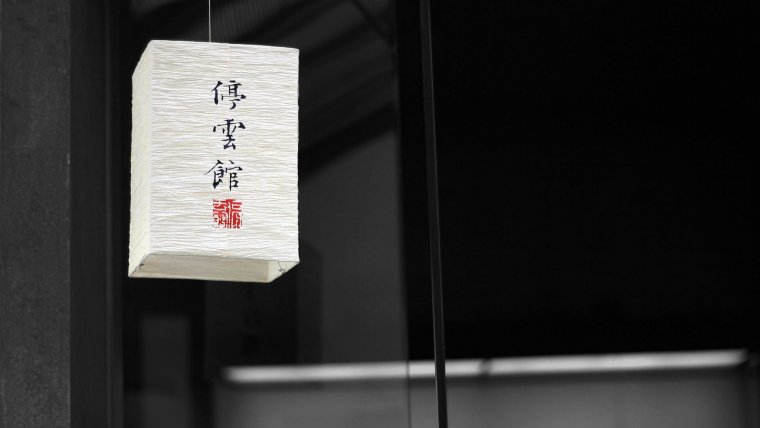
Photography is sometimes defined as the recording of light; a photograph captures the light in a scene. Unsurprisingly then, the element of darkness – shadows – are often forgotten. Shadows are defined as the dark areas where light is blocked by an object. Just as the skillful use of light in photography can help a photographer to create more dynamic photos, skillful use of shadows can help a photographer reach his or her full potential. Understanding what shadows are, and how to best utilize them are an essential part of a photographer’s toolkit. In this Photography Masterclass, we’ll look at how shadows impact a photo, and how proper use of shadows enhance one’s photography skills. We’ll also discuss specific techniques and different situations where shadows can play an important role.
These are 4 different uses for shadows in the process of creating an amazing photo:
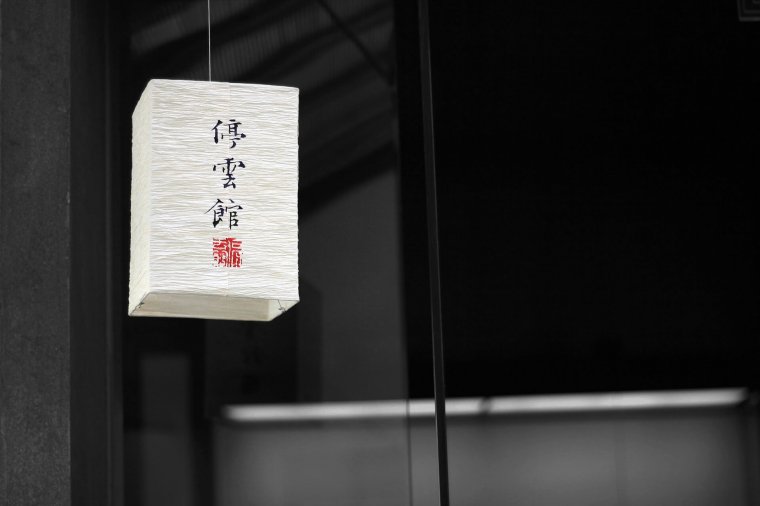
Table of Contents
The photo above of a Chinese lantern demonstrates the most common usage of shadows – to eliminate the subtle details and less important parts of the image. Elimination of distracting elements in a photo is an essential skill to any professional photographer. This helps direct the viewer’s focus and attention on the subject. There are several ways of accomplishing this: 1) Look for an angle that has shadows in the background when taking the photo, 2) Taking a photo in a controlled environment (i.e. studio, room, etc.) and lower the background lighting, and 3) Lower the brightness, or increase the contrast in post-processing software.
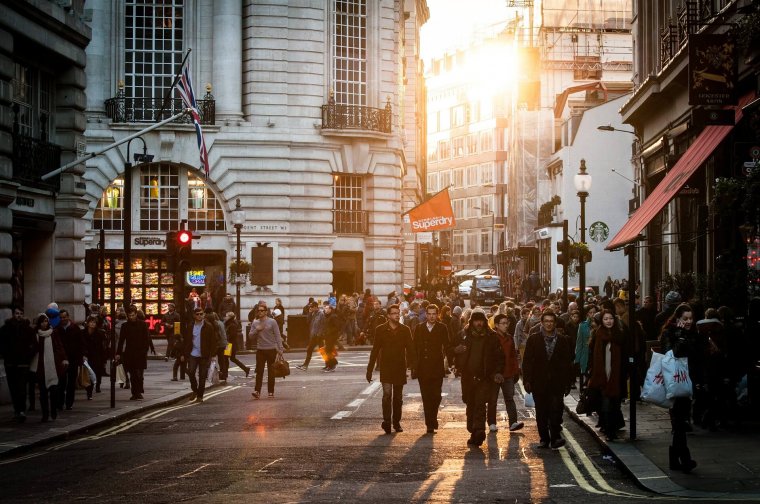
Imagine if the photo above of pedestrians didn’t have any shadows – would you be able to tell around what time of the day it was? Shadows help our brains to fill in the blank, by providing context relating to the time of day. The long shadows cast by the sun going down in the photo clue us into the time of day that the photo was taken. We can infer that this photo was likely taken in the afternoon, maybe 2-3 hours before sundown. Instead of cutting off shadows, next time try including them in your photo (at least partially) to give it some context as to the time of the day. This is especially effective in the early morning or late afternoon hours.
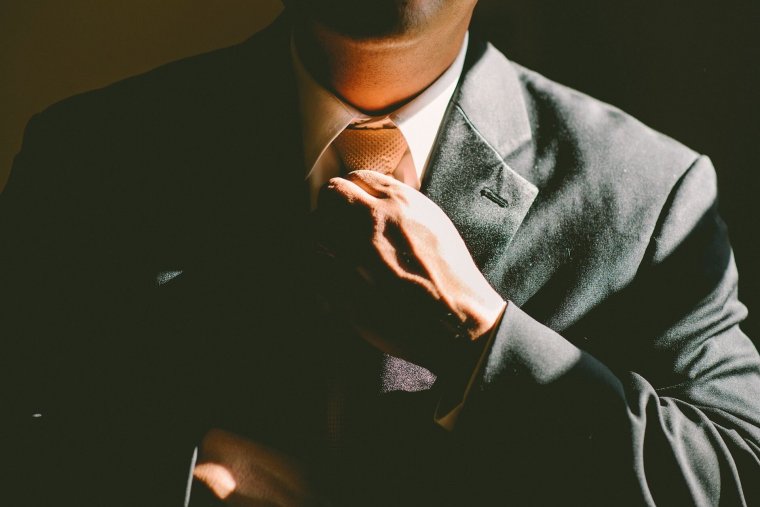
As ironic as it sounds, shadows can actually reveal something when it comes to photography. In the photo above, we clearly see the texture of the suit and a few veins in the left hand. These two factors help create a more dramatic photo, in addition to adding a professional manly appeal to the photo. The usage seen here is easier to accomplish than it may look. When the sun is at a low angle in the afternoon or evening, the photographer can take advantage of that by moving in close to the subject. Window lighting is the perfect source of light for this type of photo. The result of this combination of techniques is a dramatic photo with emphasized textures. This type of photo looks great when taken as “getting ready” photos for events like weddings. Another application for this technique would be food photography.
In the absence of light, form is clearly revealed. This is most often seen in the form of silhouettes. Whether at a concert, at the beach, or at sundown – silhouettes can reveal people’s actions, and sometimes even their feelings or emotions. In the photo above of a concert, we can see and almost even feel the audience’s excitement through their silhouettes.
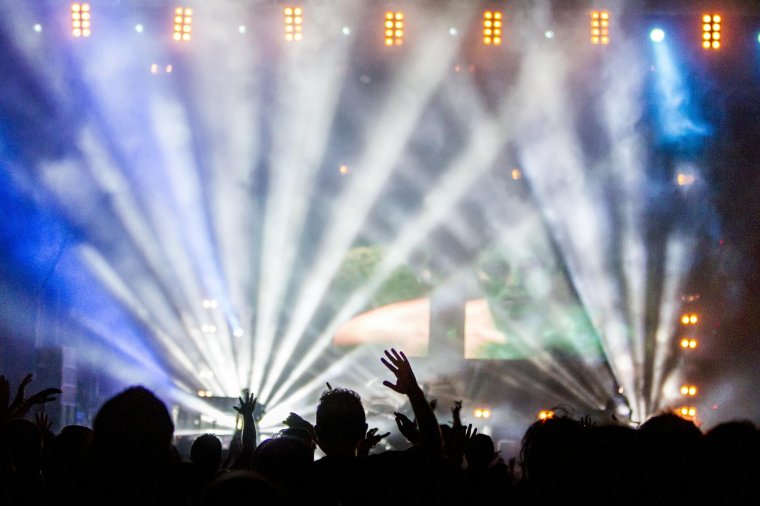
Try using this technique the next time you are taking a group portrait – it’s easier than it looks! All you have to do is position your subjects against a source of light so that they are back-lit (i.e. the sun, a flash device, etc.). To make it interesting, have your subjects jump at the same time on the count of three. This gives the subjects a chance to show their personality through an action (jumping), and their silhouettes will reveal the overall feeling of the image.
The next time you see shadows in a photograph – analyze and think to yourself, “Did the photographer purposely leave it in the photo? If yes, why? Does it make the photo look better?”. By noticing the shadows in professional photos, you will soon learn to master the use of shadows yourself! Happy shooting!
Comments (0)
There are no comments yet.